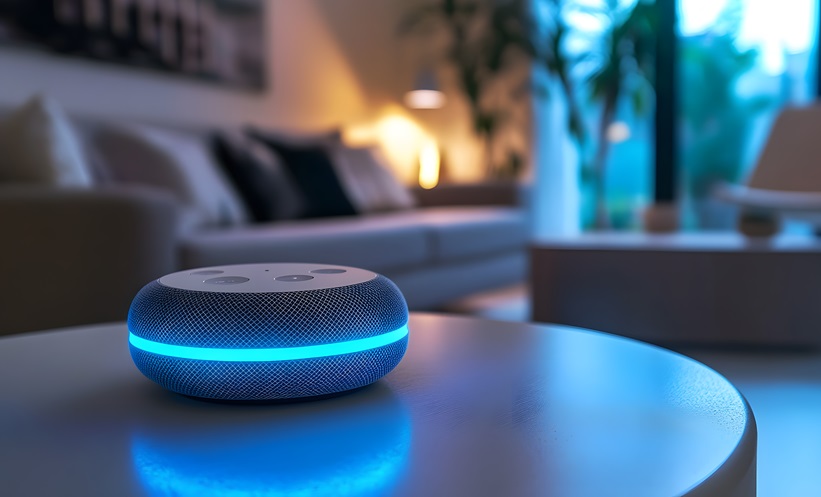A NOVEL artificial intelligence fusion model using speech recordings from devices such as Amazon Alexa and Google Home demonstrated high accuracy and fairness in screening for Parkinson’s disease, suggesting significant potential for scalable home-based early detection.
Parkinson’s disease (PD) is a neurodegenerative disorder where early diagnosis remains a clinical challenge. Subtle changes in speech, often imperceptible to non-specialists, can precede more obvious motor symptoms, offering an opportunity for earlier detection and intervention. With the rise of voice-activated smart speakers in homes, researchers are exploring whether these everyday devices, combined with advanced artificial intelligence methods, can be harnessed for accessible, non-invasive PD screening on a large scale.
In this study, researchers developed and validated a deep learning framework using English pangram utterances from 1306 participants, including 392 individuals diagnosed with PD. The dataset incorporated voices recorded both at home and in clinical settings, ensuring diversity in age, sex (53.2% female), and ethnic backgrounds. Sophisticated speech processing models—Wav2Vec 2.0, WavLM, and ImageBind—were used to extract nuanced speech features, capturing the subtle dynamics that may indicate PD. The novel fusion architecture aligned different speech embeddings to create a unified feature space, improving discrimination between PD and non-PD cases. In stratified, randomised testing, the model achieved an area under the receiver operating characteristic curve (AUROC) of 88.9% and an overall accuracy of 85.7%. Importantly, bias analysis confirmed equitable performance across all key demographic groups, and the model was robust across varying PD stages and disease durations. Further external validation showed AUROCs of 82.1% and 78.4% on two separate clinical cohorts, and 77.4% on a general, non-clinical spontaneous English speech dataset, highlighting the model’s adaptability to real-world, natural speech inputs. Error analysis suggested a correlation between misclassification tendencies and certain age groups, resonating with observed clinical complexities in PD diagnosis.
The findings demonstrate that low-cost, widely available voice assistants could play a transformative future role in early and equitable PD screening from home, potentially reducing delays in diagnosis and improving access to care, especially in underserved populations. For clinical practice, such technologies could facilitate earlier referrals, longitudinal speech tracking, and more efficient case-finding, provided appropriate privacy safeguards and clinical pathways are established. Further prospective studies will be essential to validate clinical impact and optimise integration with existing healthcare systems, ensuring reliability in diverse linguistic and real-world settings.
Reference
Adnan T et al. A novel fusion architecture for detecting Parkinson’s Disease using semi-supervised speech embeddings. npj Parkinsons Dis. 2025;11:176.








